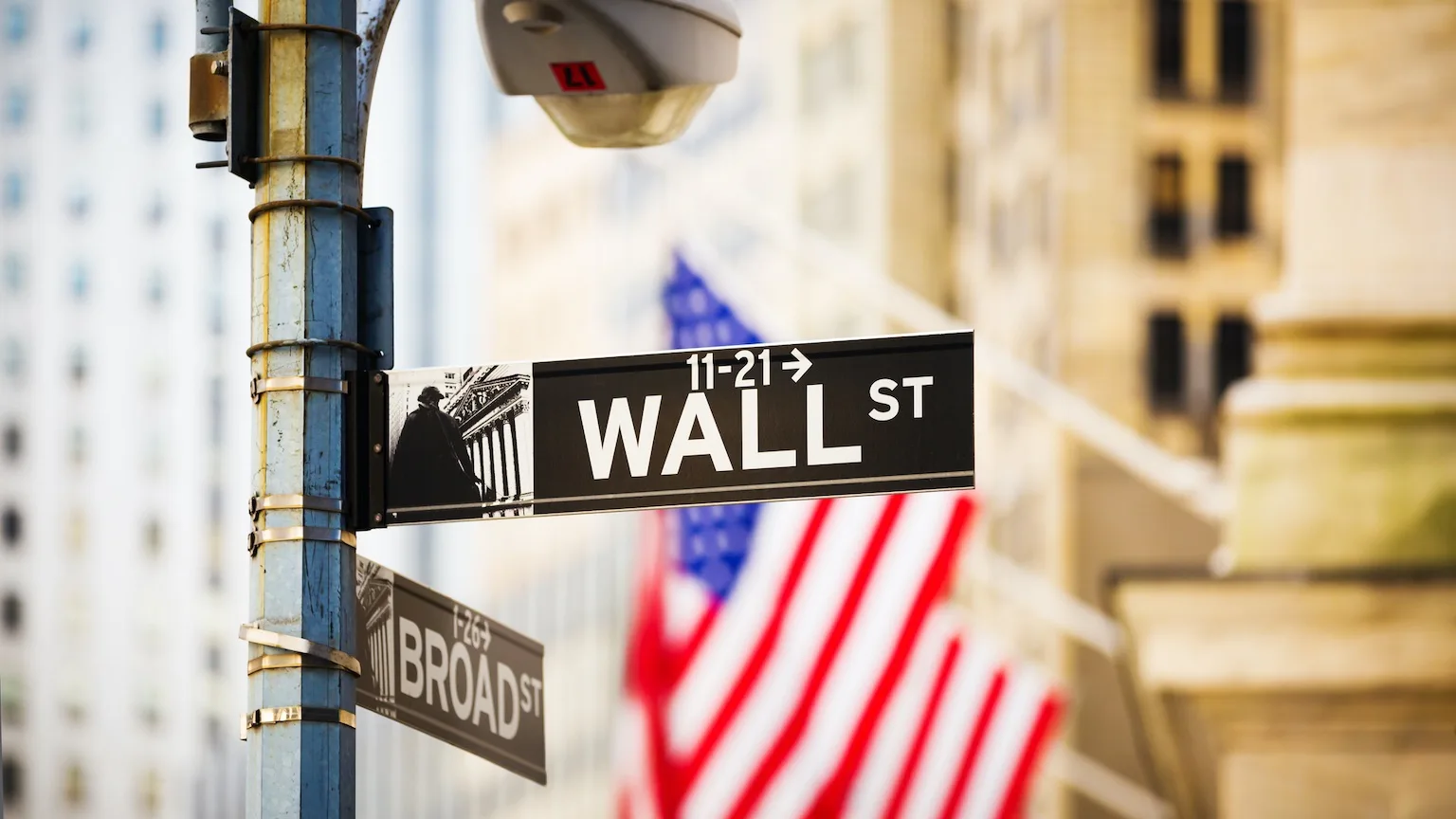Big S&P 500 move: What sparked the latest market rally?

Oil prices and the Fed saying it won’t go too far see investors pile back into shares.
Share markets soared after the US Federal Reserve (the Fed) acknowledged the risk of tanking the economy.
At the same time the price of oil dropped, helping to ease inflation concerns.
Overall the market reacted positively.
The S&P 500 rose 1.83% to 3,979.87 on Wednesday 8 September 2022, meanwhile the Dow Jones Industrial Average gained 435.98 points (1.40%) to end the day at 31,581.28.
The tech-heavy Nasdaq Composite ticked up 2.14% to 11,791.90.
Wall Street’s strong rebound did not extend to Europe, with England’s FTSE 100 trading down 0.86%.
But in Australia, futures markets are up 0.43% off the back of Wall Street’s rally.
Market see-saws on Fed talks
It was a trading day of two halves.
In the morning, shares fell after a report from the Wall Street Journal suggested the Fed is likely to deliver another 75-basis-point interest rate hike at its policy meeting later this month.
But, while remaining committed to fighting inflation, by the afternoon it acknowledged the risks to the broader economy.
During a speech in New York, Fed vice chair Lael Brainard says the central bank will fight inflation, but says there’s a risk the bank goes too far.
“At some point in the tightening cycle, the risks will become more two-sided,” Brainard said.
“The rapidity of the tightening cycle and its global nature, as well as the uncertainty around the pace at which the effects of tighter financial conditions are working their way through aggregate demand, create risks associated with overtightening.”
Oil prices plummet
Fears of a recession caused by rising rates have also seen the price of oil collapse.
In welcome news for investors, the price of West Texas Intermediate Crude oil slumped to a near 9-month low.
It is now trading at US$81.94 (£71.37) a barrel.
Meanwhile the price of Brent crude futures settled at US$88 a barrel, falling below US$90 for the first time since February.
Falling oil prices should have an impact on inflation. After all, it will lower input costs for pretty much everything.
What’s next?
The next few weeks will again be dominated by the Fed’s next rate move.
While the market has priced in a rise of 75 basis points ahead of the meeting later this month, investors should keep a close eye on it.
Any move above 75 basis points or strong language about further rate rises will likely see markets react negatively. At the same time, if the Fed cuts by less or says it thinks inflation is nearing a peak, expect markets to rally.

